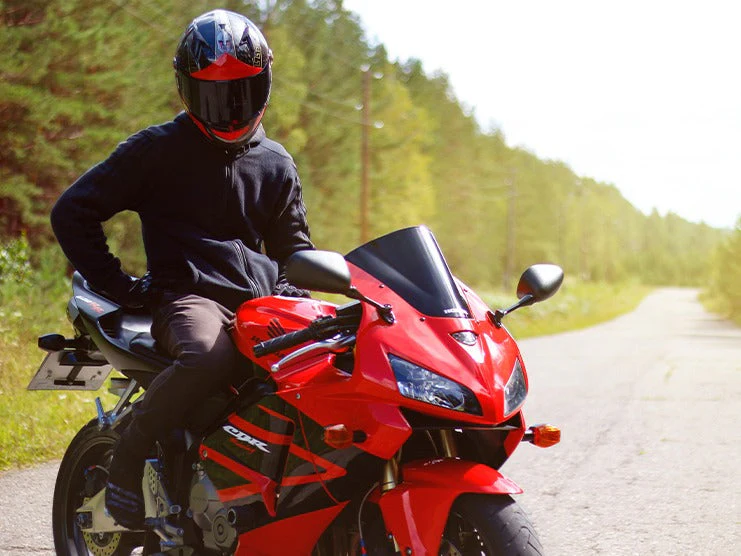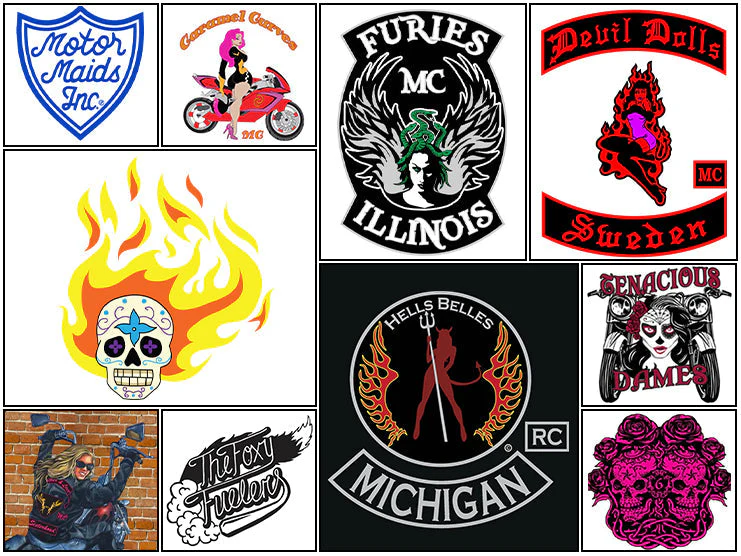Motorcycles with stylish fairings are becoming popular among riders. The chic stream-lined look and bright graphics are the main reasons why riders are attracted to motorcycles with fairings.
If you want to own a motorcycle with a fairing, it is best to buy a sports bike or a loaded tourer. You can also customize a standard motorcycle by adding a fairing. However, many riders need to consider its pros and cons before buying a fairing. This aftermarket part is useful only if you know how to use it to your advantage.
This article discusses the advantages and disadvantages of motorcycle fairing.
Also Read: 15 Best Motorcycles with Fairings
Table of Content
1. Pros of a Motorcycle Fairing
A motorcycle fairing usually has more pros than cons if you understand its functions and use it correctly to improve your riding experience.
1.1 Aerodynamics & Mileage
By adding a fairing, you give your motorcycle a streamlined front that helps reduce air drag and move faster through the incoming wind.
Normally, heavy air drag is exerted on a motorcycle traveling at high speeds. This is because a motorcycle itself has a high drag coefficient. To overcome air drag, the engine has to work harder and consume more fuel to generate sufficient power. But if your bike has a fairing, it can help reduce the surface area that the wind blows against. When air drag is reduced, the engine can produce the same power (mechanical energy) while consuming less fuel, offering better mileage, and accelerating faster.
It is worth mentioning that a fairing only improves fuel economy at higher speeds. Unlike when riding on highways, you only save a little fuel when traveling on city streets. Hence, it is prudent not to spend hefty sums on a full fairing for around-town riding because on city streets a motorcycle with a fairing operates just like a naked motorcycle.
1.2 Increases Engine Life
As the engine load decreases, its efficiency increases significantly. Riding at high speeds puts more strain on the engine, causing more wear and tear. However, a fairing helps improve aerodynamics, which decreases strain and increases engine life.
In addition, a fairing also works as a protective covering, protecting the engine from damage in case of an accident. When a motorcycle gets in a crash, it falls over. In this situation, a fairing hits the ground first and absorbs the impact, which keeps the engine components off the ground and safe.
1.3 Downforce & Traction
While motorcycle fairings reduce drag, fairing winglets (upside-down wings) create downforce that increases drag. When you ride at high speeds, more downforce is produced at the motorcycle’s front, center, and rear. This also causes more drag to be exerted on the bike as increased downforce increases drag. Together, these forces keep the rear wheel stable when riding against crosswinds, which helps improve traction and stability. Even though more drag is produced, riders can still maintain speed when turning corners. Without winglets, the bike feels shaky and unstable, making downforce necessary for safe cornering.
1.4 Wind Buffeting
A motorcycle fairing with a windshield can decrease wind buffeting, a form of turbulence that causes harsh vibrations, blurry vision, and a constant droning sound.
The fairing and windshield deflect the wind over the helmet, keeping the wind from buffeting the chest, eliminating the buzzing sound, and ensuring a quiet, comfortable ride. It is worth mentioning that wind buffeting is experienced at highway speeds. You will not experience helmet buffeting on local streets, so getting a full fairing can be pointless unless you hit the freeways.
1.5 Ride Quality
Motorcycle fairings provide protection from wind, rain, and debris like gravel, metal, etc. By decreasing wind exposure, this equipment helps with temperature control and reduces fatigue. When traveling on highways, a fairing can ensure a comfortable and pleasant riding experience.
1.6 Storage Space
Large motorcycle fairings can increase your motorcycle’s storage space, allowing you to carry more small pouches and luggage bags on a motorcycle camping trip. Some riders also fit perch mounts on fairings to mount phones, cup holders, and cameras on the motorcycle’s front.
Also Read: 7 Reasons to Buy a Motorcycle Fairing
2. Cons of a Motorcycle Fairing
Though a fairing has plenty of benefits, it also has its share of disadvantages. Some riders find these cons easy to ignore, while others are constantly annoyed by them.
2.1 Expensive
Riders who enjoy riding interstate and have a tight budget find it difficult to afford a fairing. Most motorcycle fairings are expensive parts that can cost around $1000 or higher. Though half and quarter fairings are less expensive than full fairings, they tend to have fewer features. If you ride within the city or like a fairing for its aggressive sporty look, then your best option is a handlebar-mounted nose fairing or a quarter fairing.
2.2 Increase Bike’s Front Width
Full fairings increase the front width of the bikes, taking up more space and making it difficult to pass through narrow spaces. It is more difficult to park motorcycles with fairings due to not being able to fit in tight parking spaces. Due to the added width, fairings can be a nuisance for riders who prefer motorcycles due to their sleek builds and ability to maneuver around traffic.
2.3 Hinders Motorcycle Maintenance
A full fairing covers the handlebars, mounted instruments, and engine components, making it difficult to maintain your motorcycle. To clean your bike, you first need to remove the fairing, which can take up a lot of your time. Many riders end up hiring motorcycle cleaning services to clean their bikes because of the hassle of removing fairings. Removing and reinstalling fairings can damage a motorcycle's paint job and fairing as well.
2.4 Uncomfortable Riding Position & Handling
A motorcycle with a fairing requires the rider to be in a forward-leaning position. Riders have to stay in a locked-up position to ensure better aerodynamics. Even for professional racers and experienced riders, it is difficult to stay in this position for long. Also, installing a fairing on a standard motorcycle or cruiser can affect their handling.
3. Takeaway
The pros of motorcycle fairings tend to outweigh the cons. A rider may get one depending on his/her lifestyle, riding needs, and budget. A fairing can help improve fuel efficiency, though it is not a cost-effective add-on by itself. Its improved aerodynamics and accelerations can make riding more fun, but the uncomfortable posture can be tedious. Though the fairing is best suited for highway travel, it is not as effective on city streets. Before buying a fairing, determine why or whether you need one.













Leave a comment
All comments are moderated before being published.
This site is protected by hCaptcha and the hCaptcha Privacy Policy and Terms of Service apply.